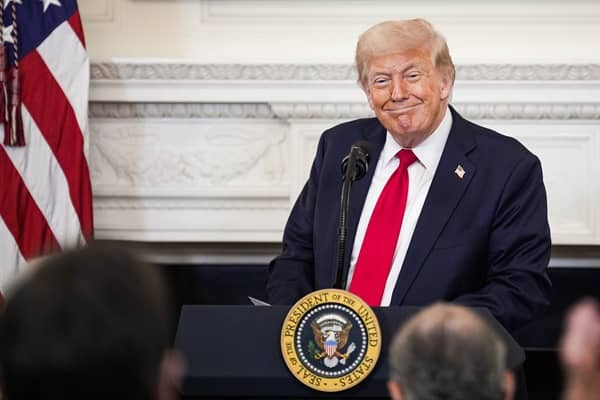The October 2025 Gaza peace deal triggered a swift repricing of geopolitical risk across global assets.
With fears of a wider regional conflict fading, traders quickly reconsidered the war premium that had supported oil prices, although tensions in Eastern Europe could remain a source of concern.
Crude prices could come under pressure, with the market focusing on fundamentals such as global demand and rising production levels, in addition to the US-China trade tensions risks.
In the near term, this shift could cap potential rallies and suggest more downside risks.
Gold’s appeal as a safe-haven asset could also see a cooldown to a certain extent, as the de-escalation could reduce flows into the metal. The narrative for gold could now focus on its role as a macroeconomic hedge, driven by declining yields and Federal Reserve policy, in addition to the risks tied to the US government shutdown.
In contrast, Gulf Cooperation Council (GCC) equities responded with caution rather than euphoria as investors could monitor the next steps in the peace plan. The medium-term upside hinges on the realization of a true “peace dividend.” A stable political backdrop could compress regional risk premia, attract foreign capital, and accelerate projects tied to normalization.

